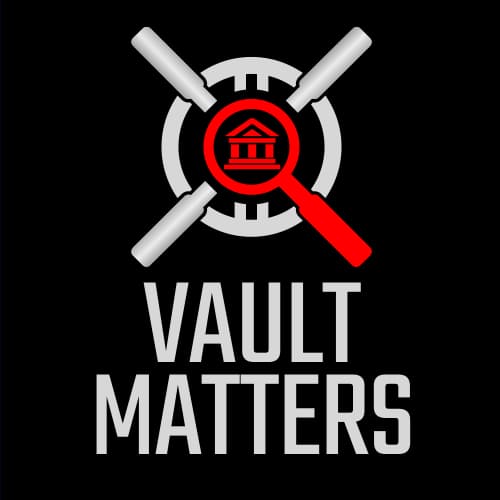Vault Matters: Unified Lending Interface’s unanswered questions
From unified payments interface or UPI, the focus this week clearly shifted to ULI, or unified lending interface. Through ULI, the objective of the Reserve Bank of India is to create a technology platform that would harmonise data from different sources – financial and non-financial, and bring it under one umbrella.
These data points could range from land records, cattle, milk production, to credit scores of the borrower, details of banks accounts and repayment related information of borrowers and so on. ULI is intended to ensure that critical information requirements for underwriting a loan is made available a single platform. Doing so could reduce the turnaround time for appraising a borrower and sanctioning loan.

Intended specifically at small retail borrowers, including those with agriculture exposure, ULI is meant to do what UPI did to payments - increase the speed at which loans can be handed out.
Conceptually, this is fabulous.
It is appreciable that the regulator is thinking out of the box to deepen the penetration of credit, particularly, among the less served. But, the question is should this be the task of the regulator?
Banking regulators globally and in India are best known for ensuring that necessary procedures are followed by banks while handing out loans, adequate measures are taken by them to ensure that loans do not turn bad, and if it does, it is reported in the appropriate manner in the books of accounts of the bank.
While ULI isn’t designed to take the shape of a manufacturer of loans, it can somewhat act as a catalyst or a processor of loans.
Even then, if the regulator is merely just a facilitator, then what are banks and NBFCs really doing?
The role of banks and financial institution is to provide credit based on proper appraisal process.
If there isn’t enough data available ready-made, it is in the interest of banks that they build a repository to ensure that a good or deserving customer isn’t denied of access to credit for lack of sufficient data to underwrite the loan. In fact, many of the fintechs are already engaged in the process of such data compilation.
Should RBI also be involved in it?
Secondly, what about bearing the cost of maintaining and upgrading the platform.
One of the reasons for popularity of UPI is that the users don’t bear the cost of transaction. With ULI, will banks absorb the cost of using the platform or will it be passed on to the borrower? If it’s the latter, how would it impact the cost of borrowing for the customer?
It has taken more than a decade for credit information companies to monetise on credit scores and make it a commodity for which retail users are now willing to pay for. Account aggregator as a concept hasn’t taken off in the anticipated manner and one of the reasons for that is why a borrower must also pay a price for allowing banks and NBFCs to access their data.
Aimed at digitizing land records and so on, scaling up and effectively maintaining the database may not be viable in the long-run if ULI should perennially be dependent on government grants and support from the RBI. Without the financial and commercial elements etched out, the concept of ULI may just be remembered over time as an interesting and novel idea.
There’s another aspect which needs thinking here: if the objective of ULI is to ensure better credit penetration to the underserved and less served, why not crack the whip on banks to improve the processes on priority sector lending. The need of the hour is to ensure financial inclusion through organic channels. But, in reality, most banks are meeting their PSL targets either by purchasing PSL certificates or buying out loans which qualify for PSL or even better funding non-banks eligible in related segments such as gold loans and microfinance loans.
This has been the trend for the last several years. Cracking the whip on such practices could possibly result in meaningful financial inclusion.
In short, the endgame with ULI needs to be clear. If it’s one more attempt for deepening credit, how about first exploiting the existing tool before creating a new one.
(Views are personal and do not represent the stand of this publication.)